Much if not everything in life depends on whether you are in the right place at the right time or whether you are in the wrong place at the wrong time. The question why this is the case remains unanswered. Some call it fate, others don’t care and some keep looking for the answer.
The Rally Austral is a story about all these times and places.
Leaving the Parque Nacional Patagonia behind, we turned right onto the legendary Carretera Austral. Embedded in inaccessible forests, mountains, glaciers and fjords this route runs 1,240 km through Chile’s thinly populated south. In the summer a glorious and unique landscape, in winter it turns into a very inhospitable place, where the forces of nature rule. Not only that, this part of Chile is very much characterised by earthquakes, volcanic eruptions and landslides.
After two unsuccessful attempts to connect this remote part of Chile with the rest of the country, in the 1970s under Pinochet the army was asked to build the road. Many soldiers lost their lives during this project. Wrong place, wrong time.
The road was opened in 1988. In 1996 the road was extended to Puerto Yungay, a town a bit further south than where we entered the road. And only in 2000 the final 100km to Villa O’Higgins were completed. All of it gravel road obviously. Adding the hard climatic circumstances and vehicles that would not be driving anymore on the streets back home, you can start imagining the state of the road.
Before getting to the Carretera Austral, we had enjoyed an amazing time. We were full of impressions, you could even say that we were quite saturated. It takes something special to create enthusiasm in a situation like that. The first 100km on the Carretera surely were special, just not in a positive sense: The gravel road or whatever you may want to call this paradise of potholes enjoyed a lot of traffic. A wild mix of overcautious tourists, egoistic truck drivers, local speeders and us. Driving slowly is not a strength of mine, particularly when there is nothing to see as the potholes take up all your attention. As I like to be first, not only when it comes to hiking, I challenged everybody and everything on the road. Humphrey shot across the potholes, overtook trucks and busses in daring manoeuvres and pestered scared tourists, to move out of the way. He only gave way to the local racing drivers. During these 100km one question was at the forefront of our minds: What in god’s name is so amazing about the Carretera Austral? No matter from which angle you look at it, wen can surely say that everyone driving the road here is in the wrong place at the wrong time.
One of the celebrated highlights of the Carretera Austral are the Capillas de Marmol, the so-called marble chapels or caves. We obviously had to take a look at them. Our enthusiasm was quite limited though as this came with waiting and a group boat tour. We have had some experience with that quite recently. Anyway, it still was nice a little trip.
After 100 km we turned off to a side arm and went along the Valle Exploradores. This is a valley stretching over 90 km to Bahia Exploradores at the Pacific with around 50 glaciers. We did not really see many of them but instead we saw loads of clouds.
But suddenly we were at the right place at the right time. At the campsite La Nutria Ricardo welcomed us. He had travelled across Patagonia on his motorbike several years ago and had moved down from Chile’s capital to set up this café and campsite down here. Ricardo immediately became an avid admirer of Humphrey and we enjoyed all the recommendations that Ricardo was willing to share. Later in the evening his mother brought us a waffle with a lot of dulce de leche – the way it is done in Chile!
With all our practised openheartedness, the next morning we decided to give the area another chance and continued further down the Valle Exploradores towards the coast. The clouds did not lift one bit, there was not an inch of blue sky in sight. Quite the contrary, it became duller and rainier. We are sure that the valley is extremely impressive in good weather – just that the weather rarely is good here.
Close to the end of the road we reached a bridge. One lane with a height restriction of 2,50m. All of this set out by a firm steel frame. This was a clear statement. 2,50m and not one centimetre more. 2,50m is quite exactly Humphrey’s height. 2,50m should work. So the navigator got out of the car, ran onto the bridge, while I edged the car slowly forwards. The navigator gave the green light signal with a thumbs up and I pressed the accelerator down. What followed was a metallic scraping noise and then an abrupt stop. The vehicle including roof rack and roof boxes is exactly 2,50m high. Just the locks of the belts securing the boxes on the roof rack also need some space. So that makes it a total of 2,55m. Humphrey was stuck. In the increasing rain I deflated the tires, standing on the roof of the car made Humphrey rock so that I could get the locks back through under the metal frame and after a couple of minutes we were able to back down from the bridge again. As you can imagine, in light of the rain and the events the question of whether we would cover the remaining couple of kilometers on foot was not discussed. We will therefore never find out whether there is anything interesting to see at the coast at the end of the road. Instead, we had breakfast. Definitely wrong place, wrong time.
We headed back to the Carretera Austral, stopping along the way once more at Ricardo’s and his parents’ café for a proper latte and obviously a waffle.
We continued the Rally Austral after that. The weather improved a bit, no rain anymore but the clouds remained. And we had loads of dust and loads of potholes. After 122 further kilometers across this battlefield, the road was finally paved. Humphrey did not have an issue with the road conditions. But we were quite exhausted after the pointless shaking without a view. With the pavement came the sun and suddenly everything started making sense again. We cruised through nature and started making some peace with the Carretera Austral. We decided to take a little break for two days in Coyhaique. Just like the construction workers who did not deal with the traffic at the road construction site because they had just lighted a joint and were quite busy with that. We were absolutely relaxed about that. These guys need to decide for themselves whether they are at the right place at the right time.
Our next destination was the hanging glacier in the Parque Nacional Queulat. We wanted to hike a bit, go and see the glacier and spend the night there. However, the pavement turned into gravel, we again continued shaking along the Carretera Austral in bright sunshine until we came to an abrupt halt at the end of a long queue of cars. We had reached a construction site resulting in a total road closure from 1-5 pm every day. Luckily it already was 3.30 pm, so we only had to wait for one and a half hours. Wrong time, wrong place.
When the road was opened, the queue moved very slowly through the never-ending construction site. Tons of dust. Good that we had washed and cleaned Humphrey during our little break.
Half an hour later we reached our destination. After this wasted day we were looking forward to stretching our legs and seeing the hanging glacier in beautiful late afternoon light. That’s what we had imagined. However, the park is only open until 5 pm. So, let’s recap: You are not allowed to enter the park anymore after 5 pm. There is a campsite in the park, which you therefore cannot access anymore after 5 pm. As the road is closed until 5 pm, probably a larger number of cars only gets to the park after 5 pm and are not allowed to enter anymore. Very user-friendly. Somebody really put some thought into this. Once again, wrong place, wrong time. We therefore turned back onto the Carretera Austral with a whole number of other cars and hit the next queue less than half an hour later. Why? Ferry service to circumvent the stretch of the road affected by a landslide. Normally the ferry service handles the oncoming traffic very promptly but as there was this long queue from the other construction site, there was a massive backlog here. Again a one and a half hour wait. Still wrong time, wrong place.
Luckily for us we found a secluded campsite in the national park after the ferry service. Not the greatest spot but in view of dusk falling and some exhaustion we really only wanted to climb into bed.
We continued onward on the Carretera Austral to Futaleufú, past Villa Santa Lucia where the Carretera Austral was closed once again. In early December 2017 half a mountain had slid down and created a deathly mudslide. The people who lost their lives in Villa Santa Lucia surely were in the wrong place at the wrong time. This also puts very much into perspective being in the wrong place at the wrong time because we needed to wait for a ferry. In Futaleufú we took another break for a couple of days. Here we surely were in the right place at the right time.
We then had the choice to travel via Argentina to the northern end of the Carretera Austral, a stretch of road that we had already driven on our way south, or to retrace our steps for 200km south on the Carretera to take the ferry service which has been set up to circumvent the landslide, to be able to continue on the Carretera Austral. We decided for the full package. We could not start this adventure and not complete it. So we headed back, via Villa Santa Lucia, and turned towards the coast where the ferry left the next morning. We spent the night next to Juliana and Dieter and their big Mercedes Overlander. We’ll tell you more about them at a later stage as we met them again and again on the road after that. After five hours on the ferry, moving north along the coast in bright sunshine with fantastic views, we reached Chaiten. We took the right ferry at the right time.
The inhabitants of Chaiten definitely were not in the right place at the right time in 2008. After 9,500 years, on May 2, 2008, the Chaiten volcano erupted and largely destroyed the town. The eruption stretched over a period of six months. Luckily, the inhabitants were evacuated in time, so there was no immediate death toll connected to the eruption.
Chaiten is located right next to the Parque Nacional Pumalin, the one that was also created by Douglas Tompkins. It surely is not as nice as the Parque Nacional Patagonia but nonetheless the park offers spectacular nature. Unfortunately though the park is quite crowded and this tainted our experience a bit.
At this place we need to pay our respects to and apologise to the Alerce, a tree that we had mentioned disrespectfully in an earlier post: The Parque Nacional Pumalin holds one of the last intact Alerce forests. Here you can come and see the Alerce in a way when the tree is offered the opportunity to grow in the right place at the right time. The Alerce definitely is as majestic as the huge Sequoia trees in California.
After two nights in the park we carried on, again taking a ferry. One day later we finally took the last ferry, getting us to the final stretch of the Carretera Austral to Puerto Montt.
So we drove the legendary Carretera Austral. Although we did not fall in love with it, it surely was an adventure. And we surely have to give credit to Chile for pursuing this project despite appearing as an endless and unwinable battle which they nonetheless keep facing. At some point the Carretera Austral will no longer be one big construction site and then hopefully the road can be pure pleasure as you will be able to admire nature during the drive rather than the potholes.
So, to being in the right place at the right time!
Please check your feed, the data was entered incorrectly.


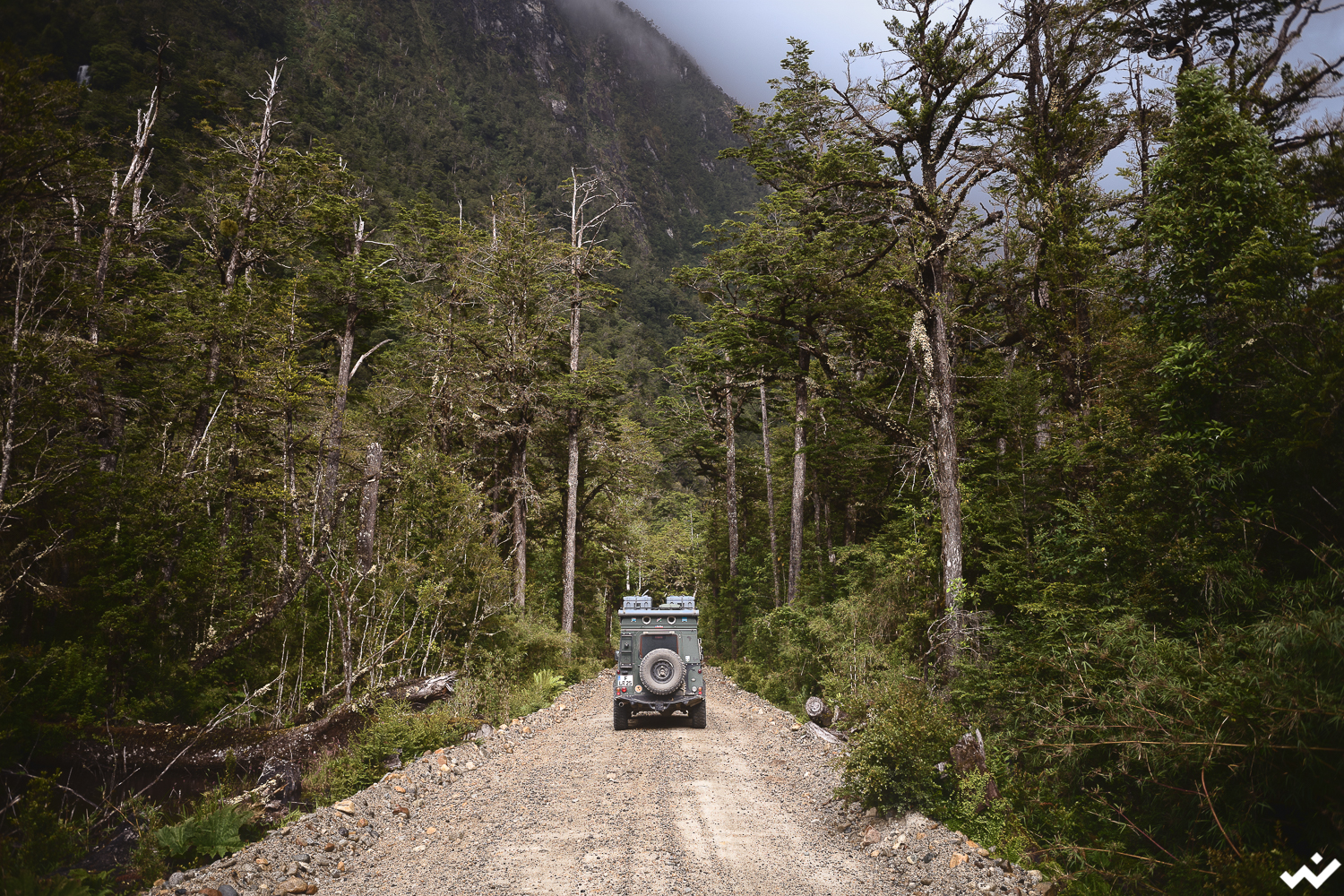
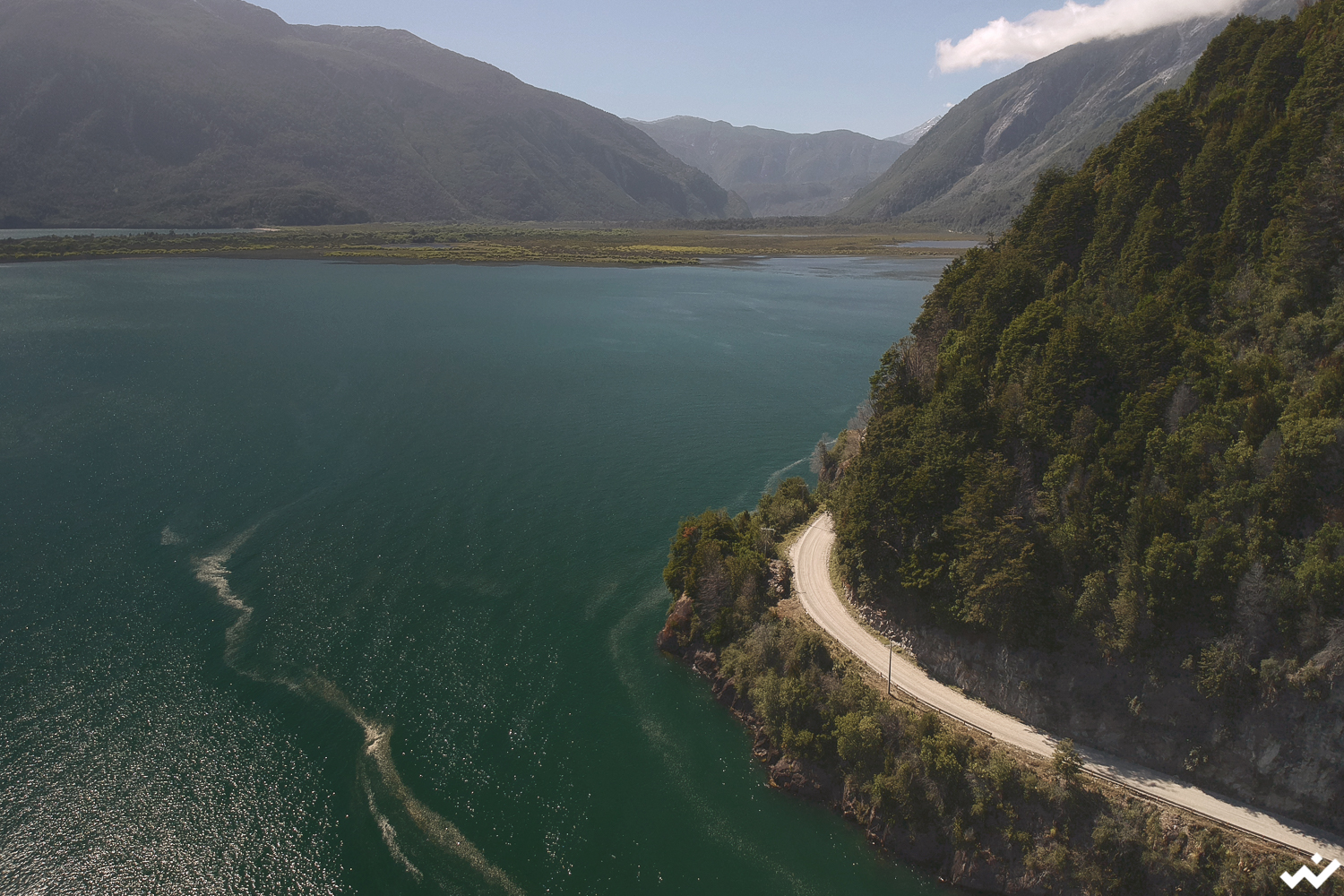
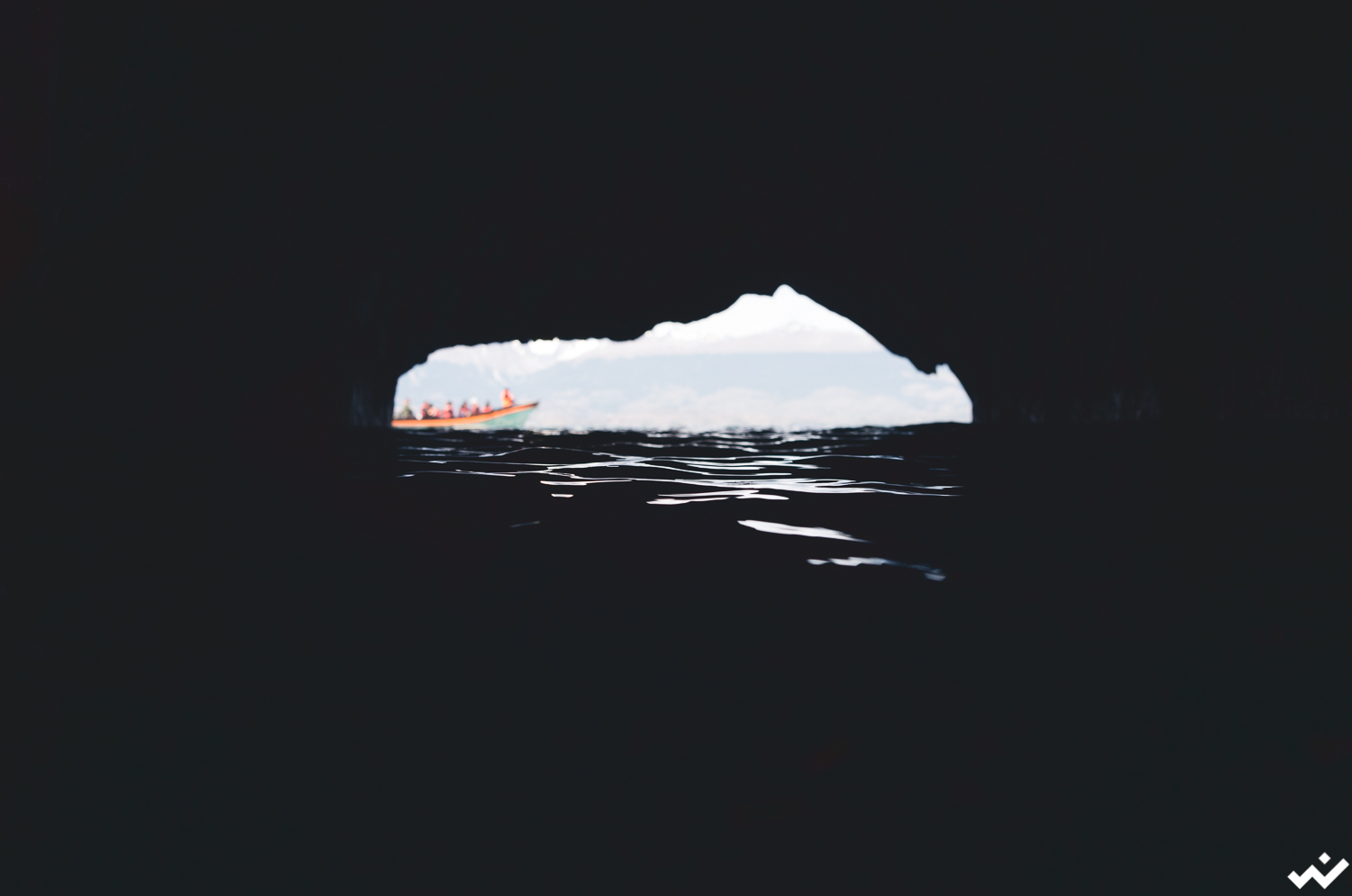


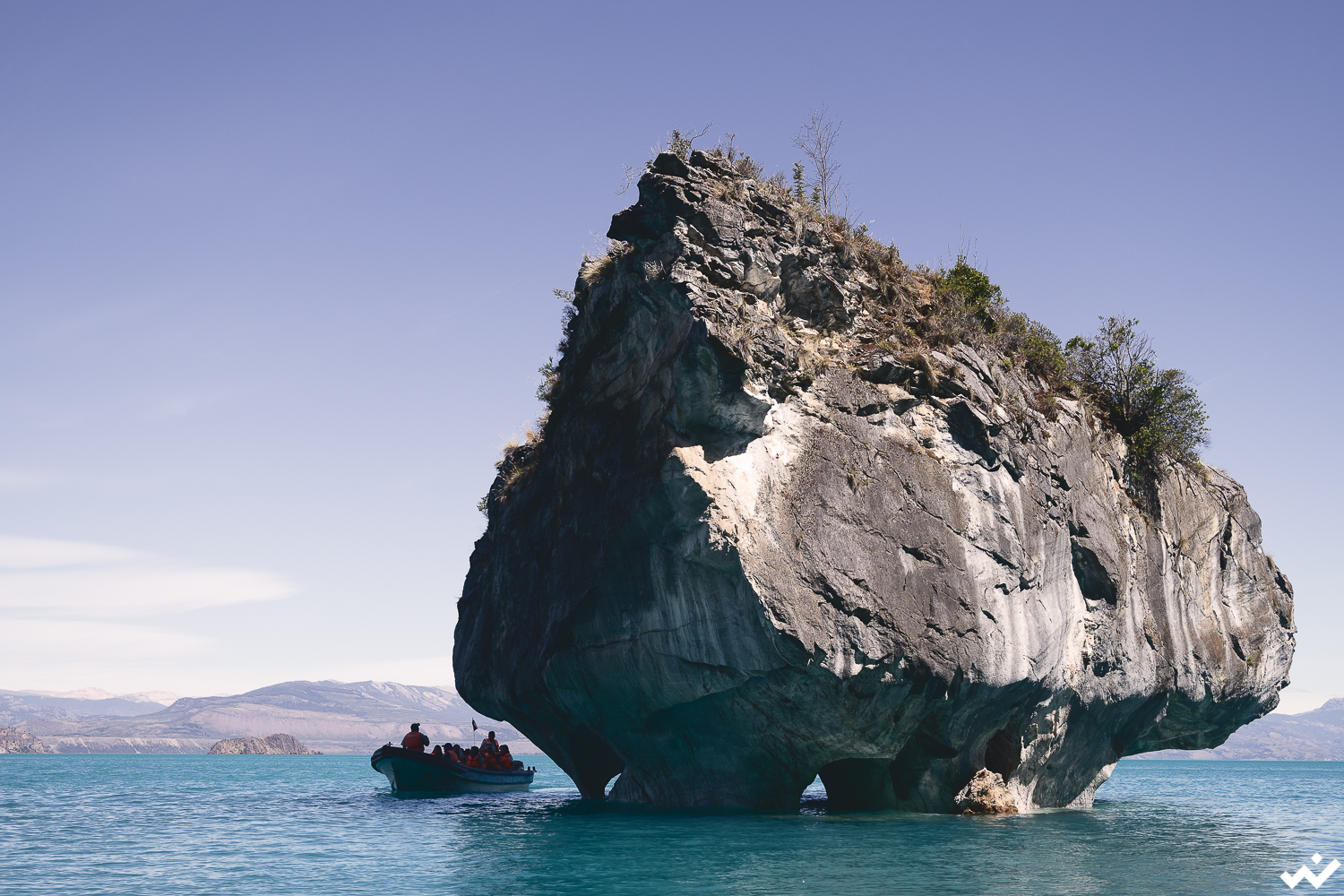


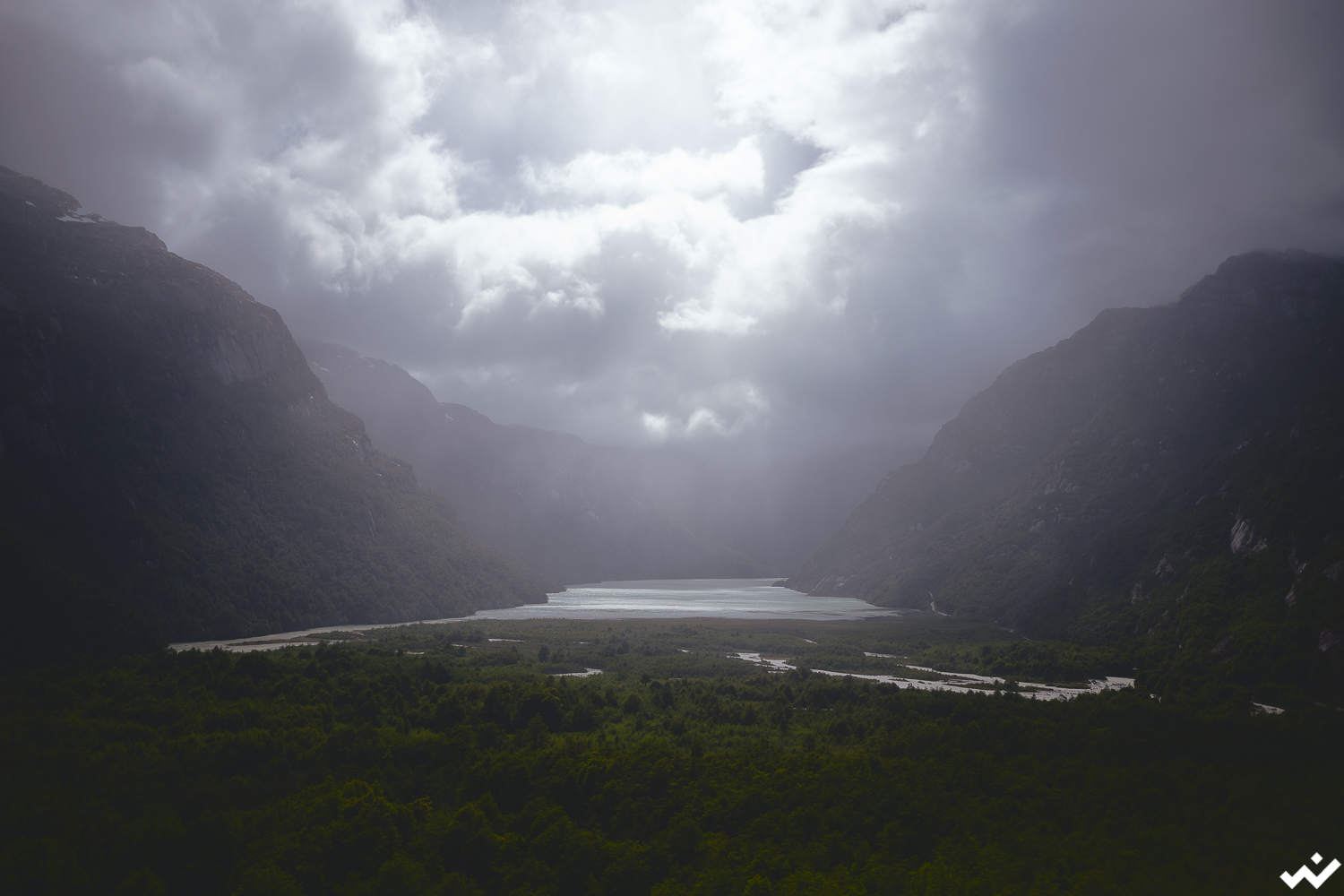
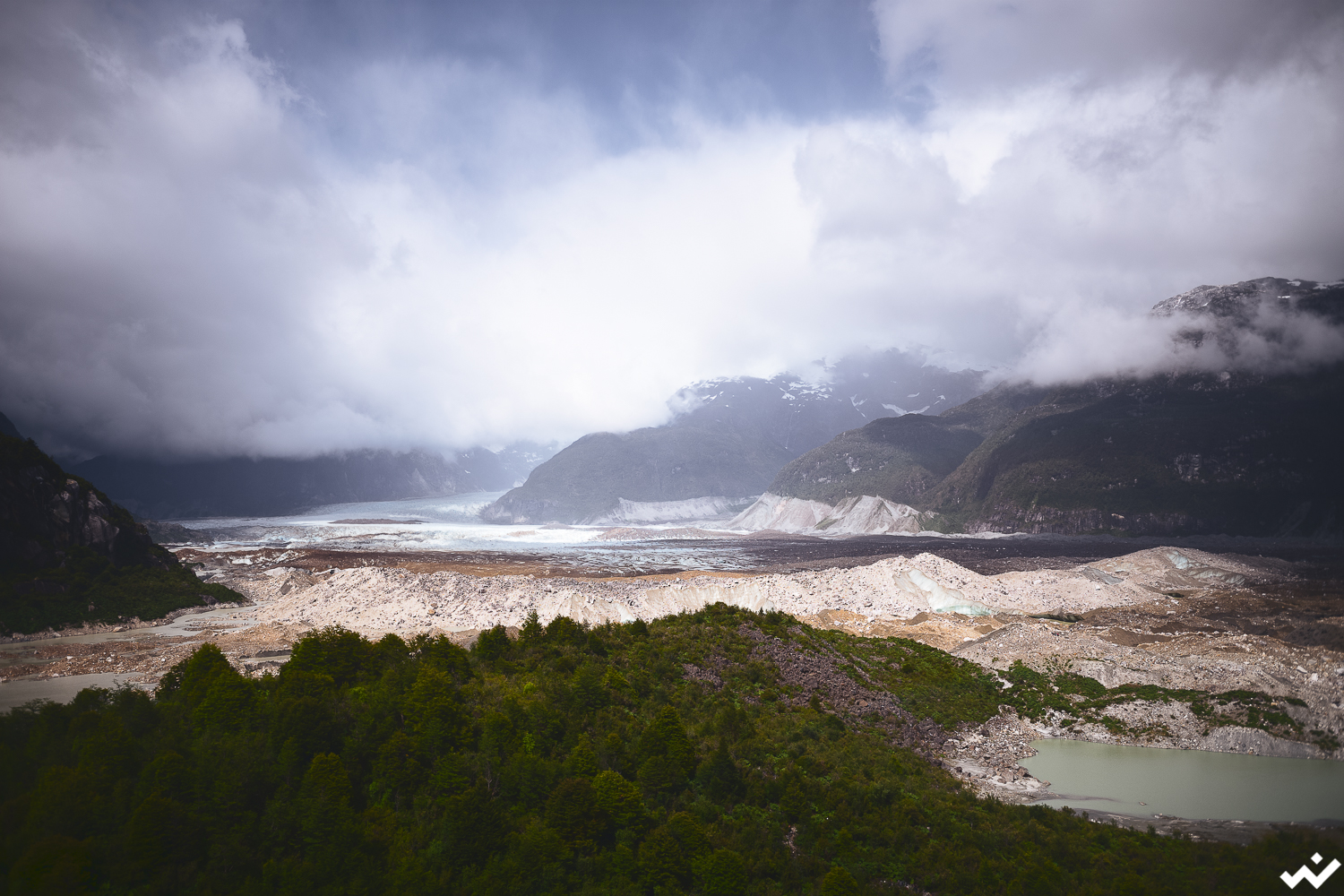
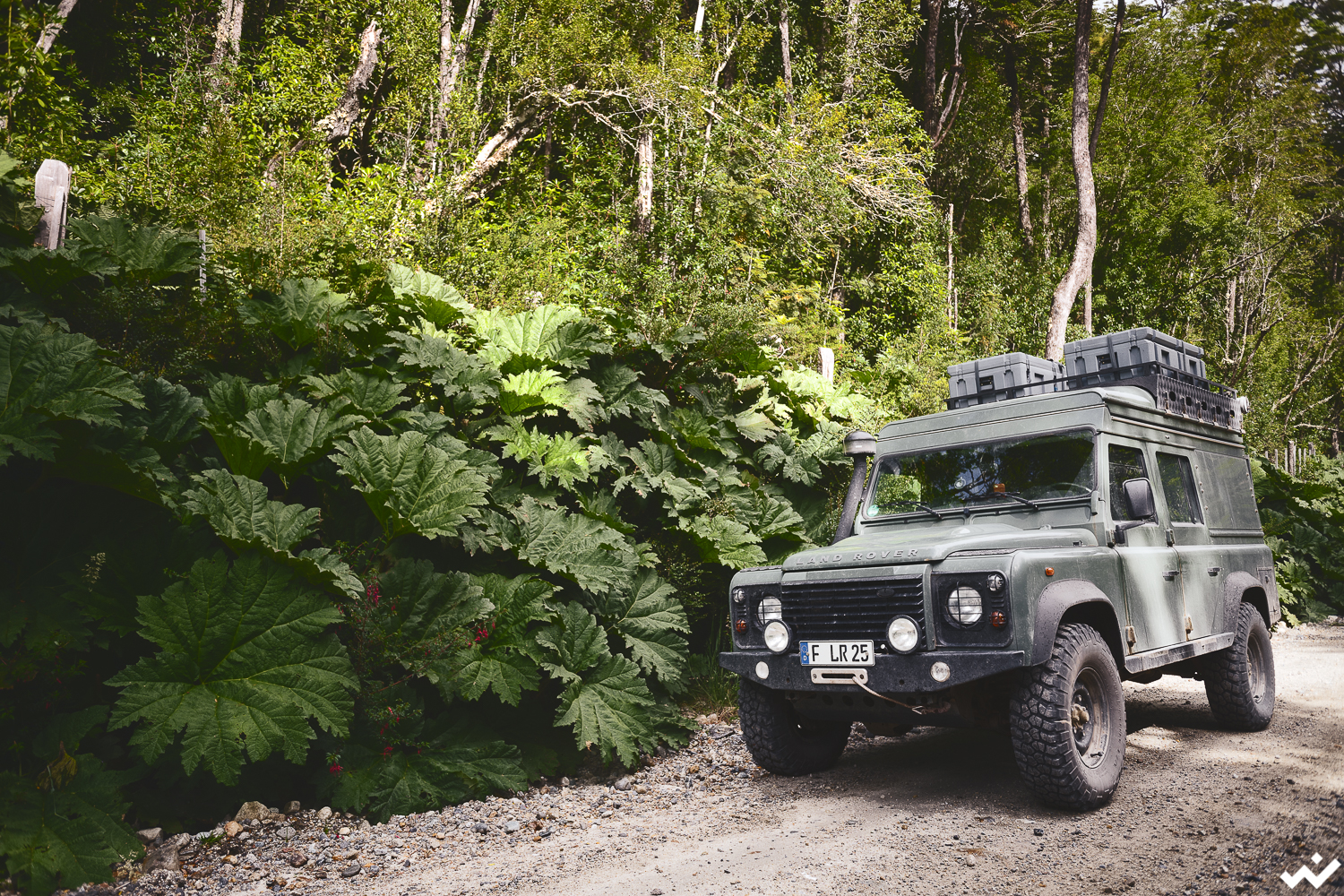
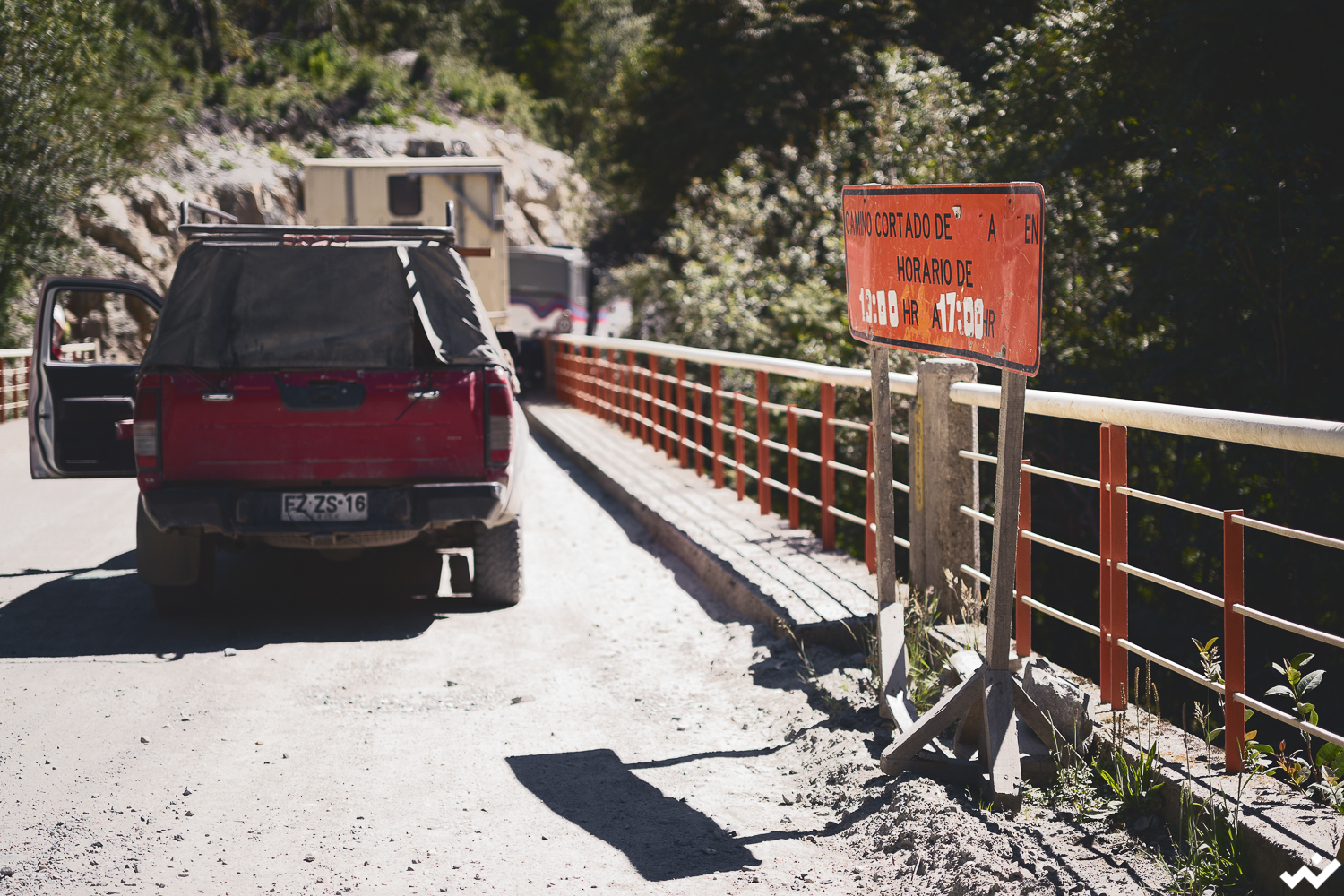
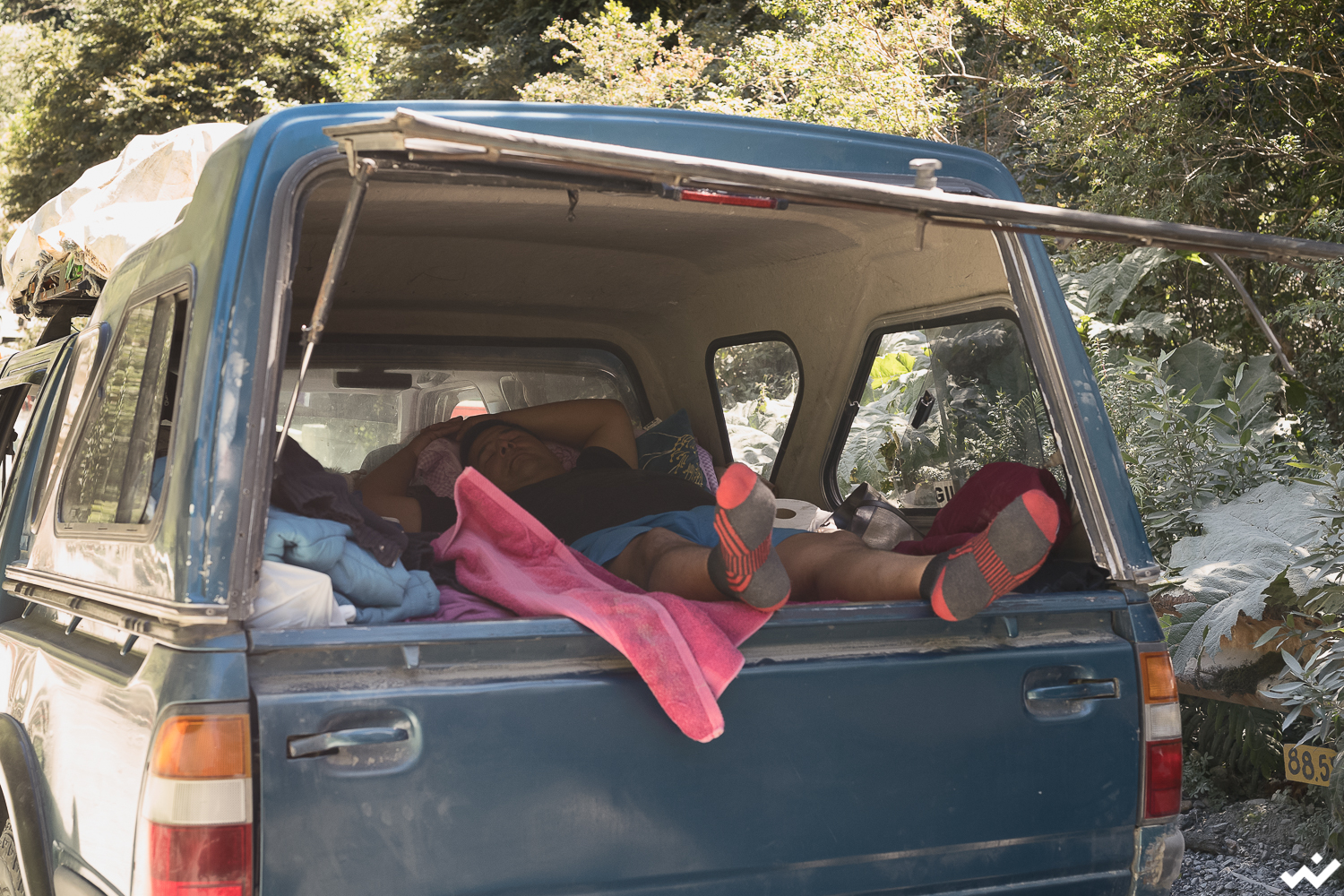
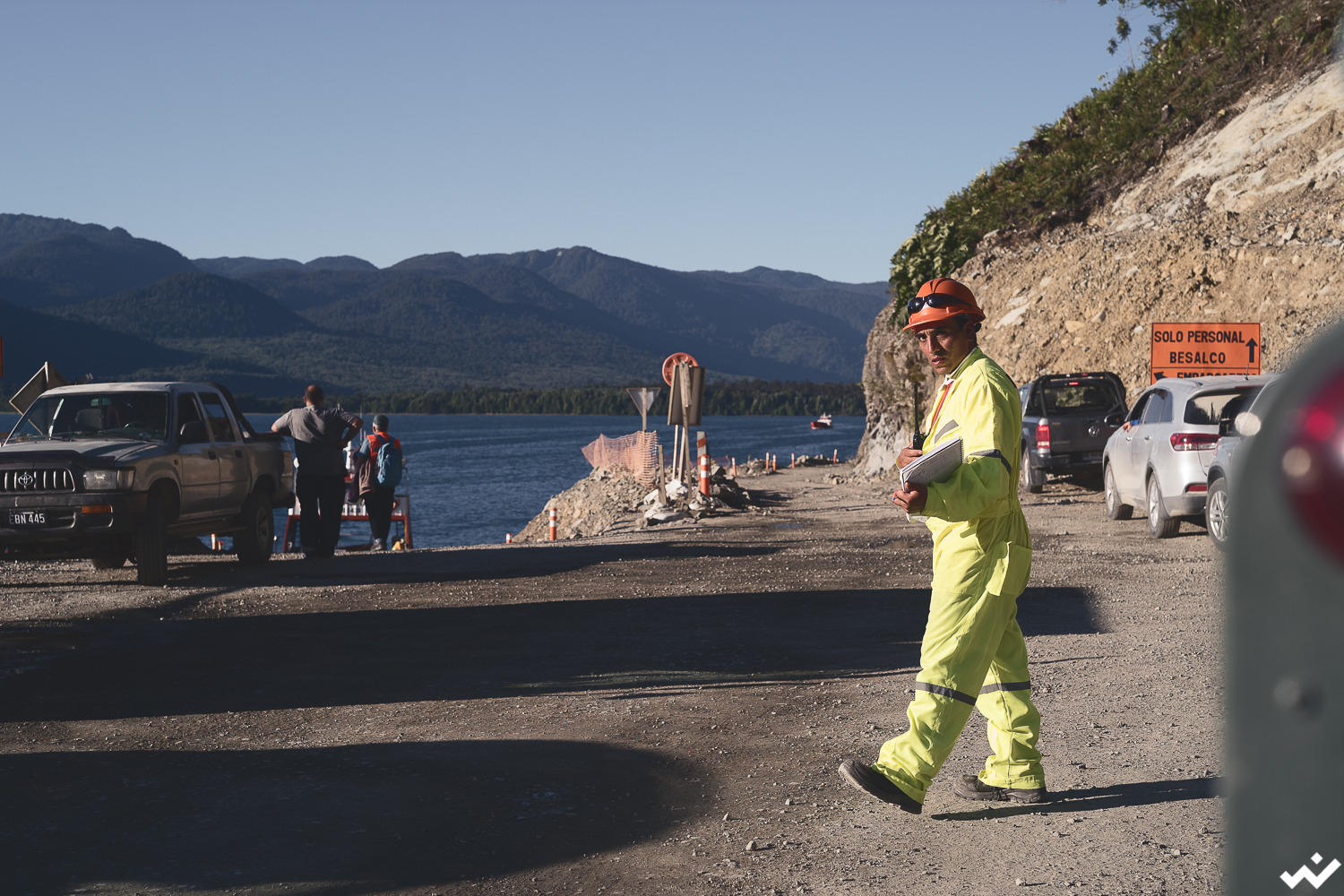
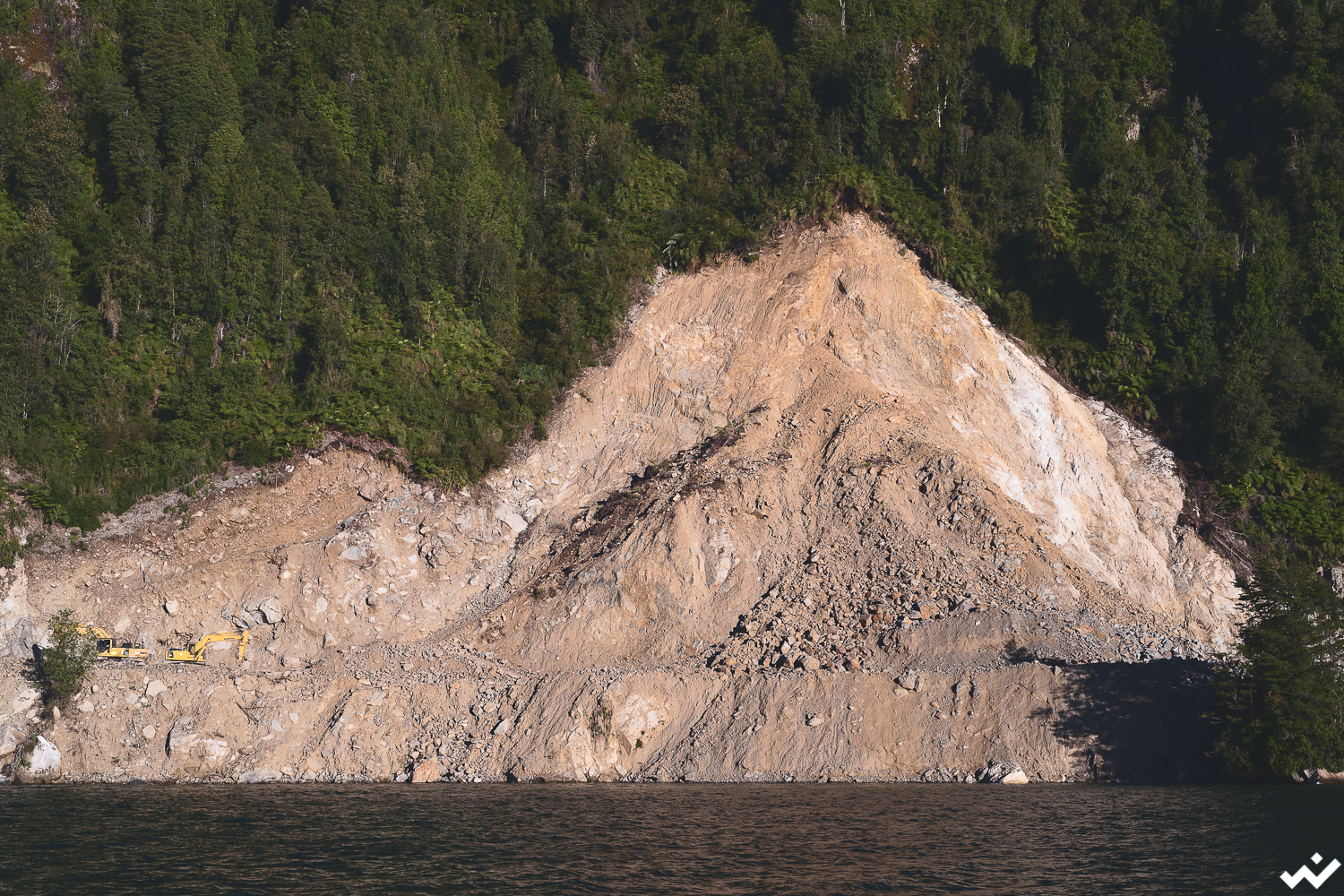
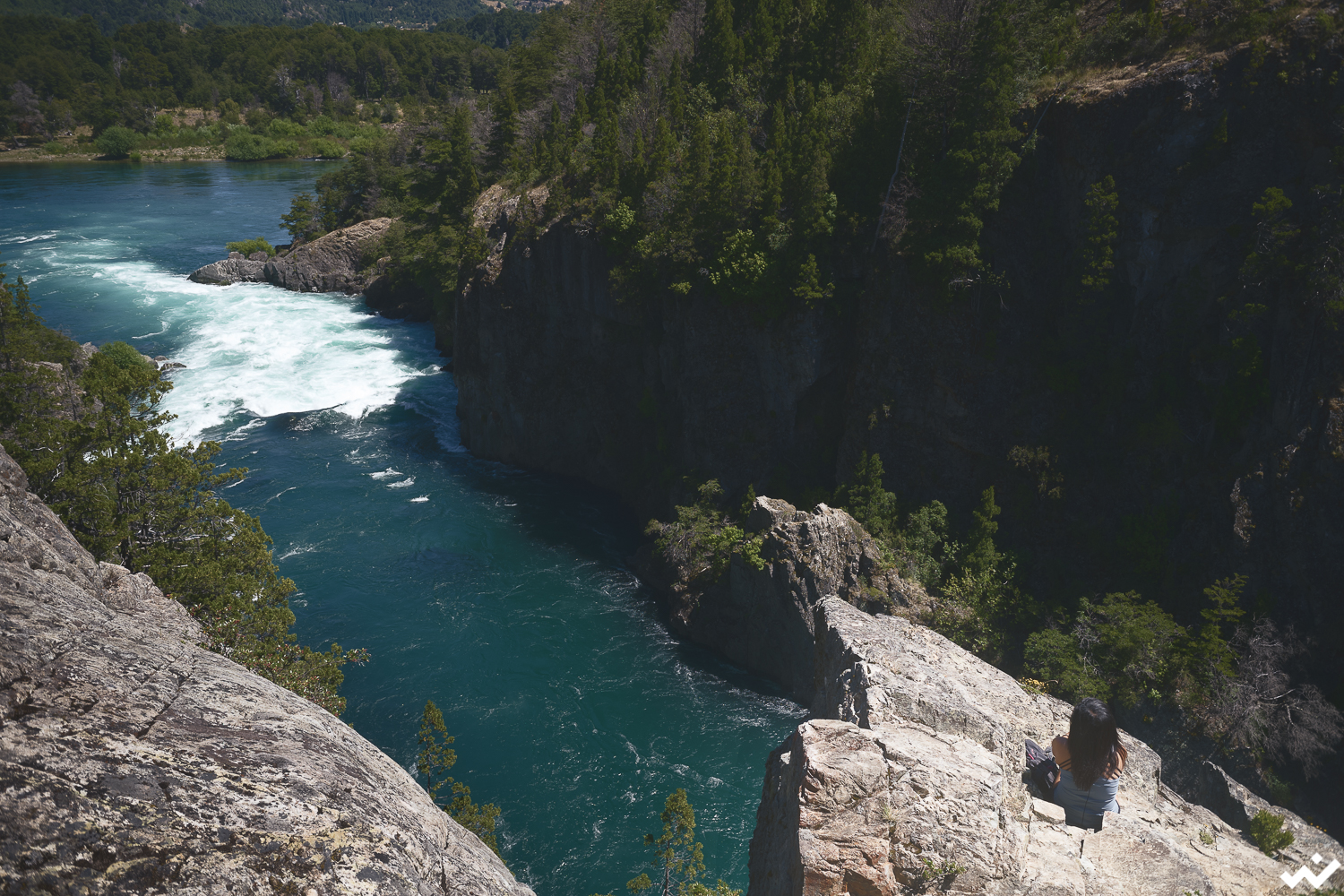
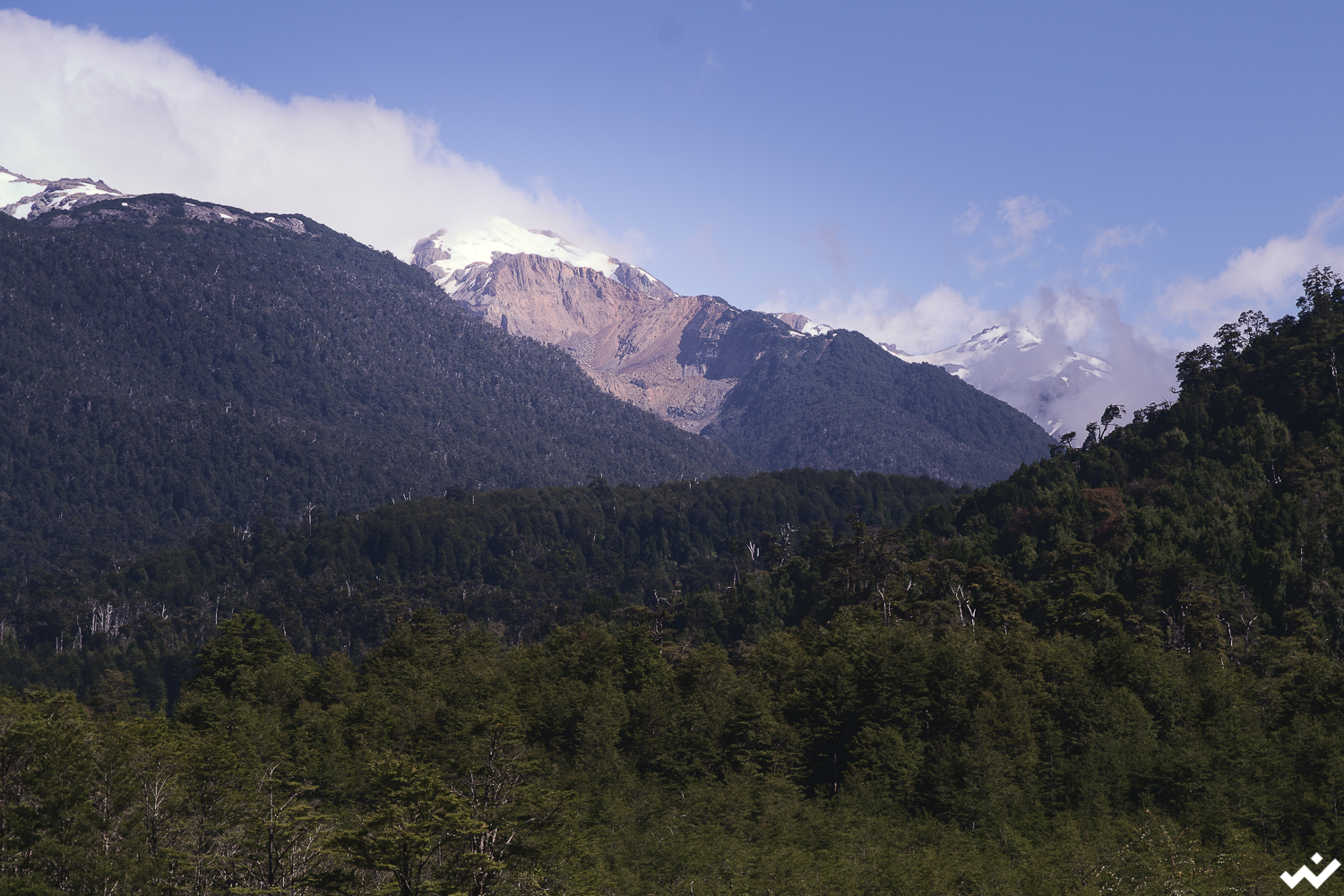
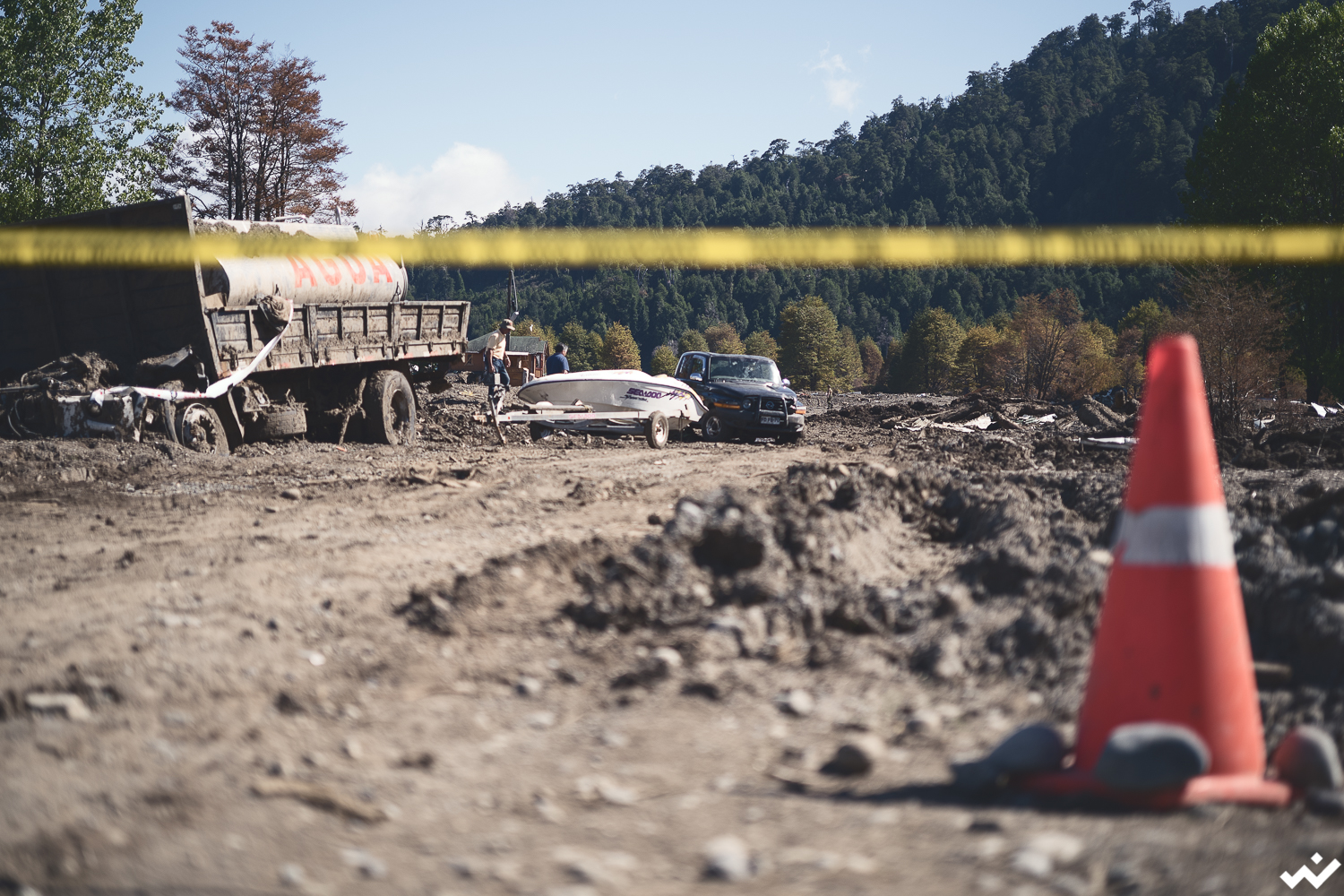

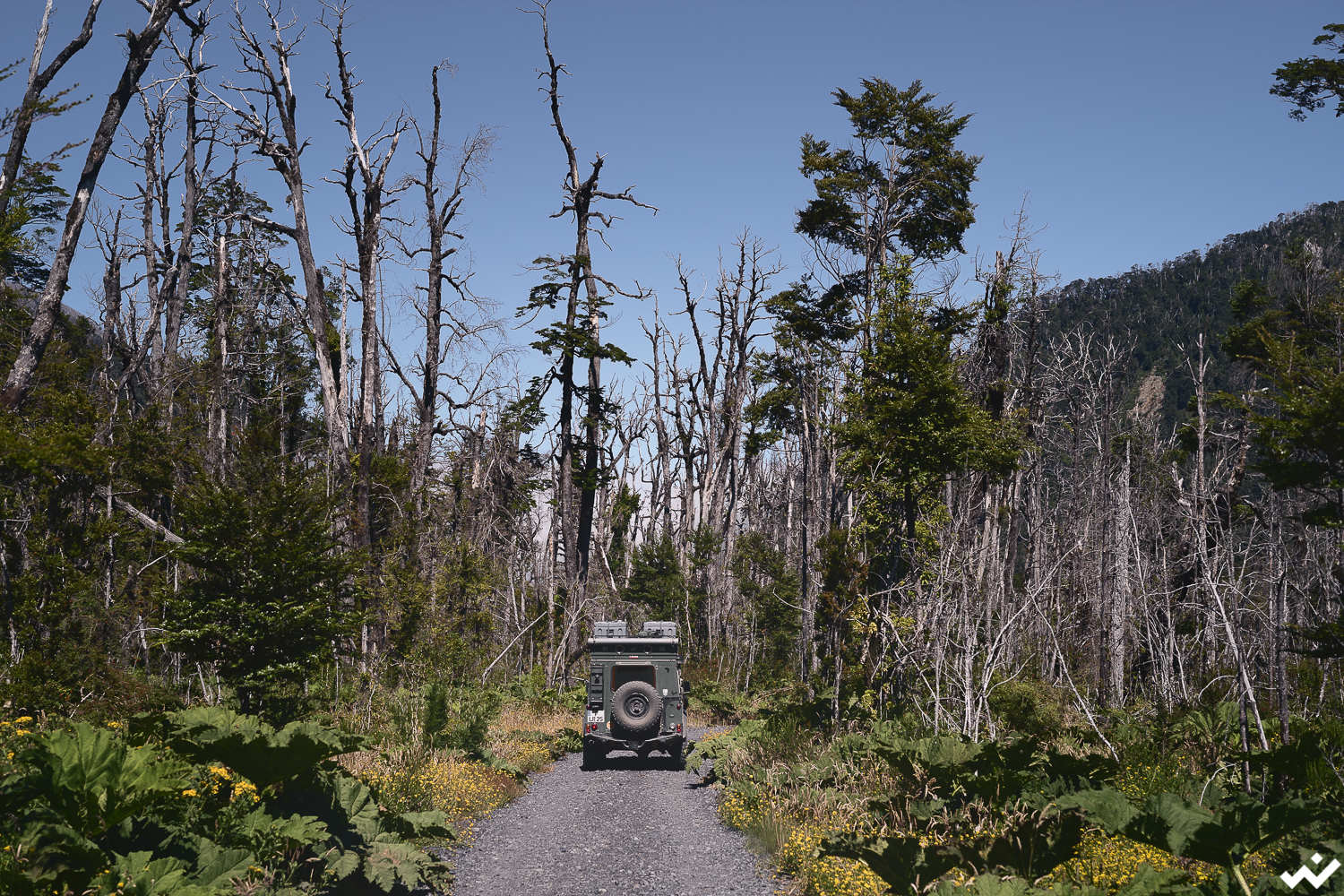
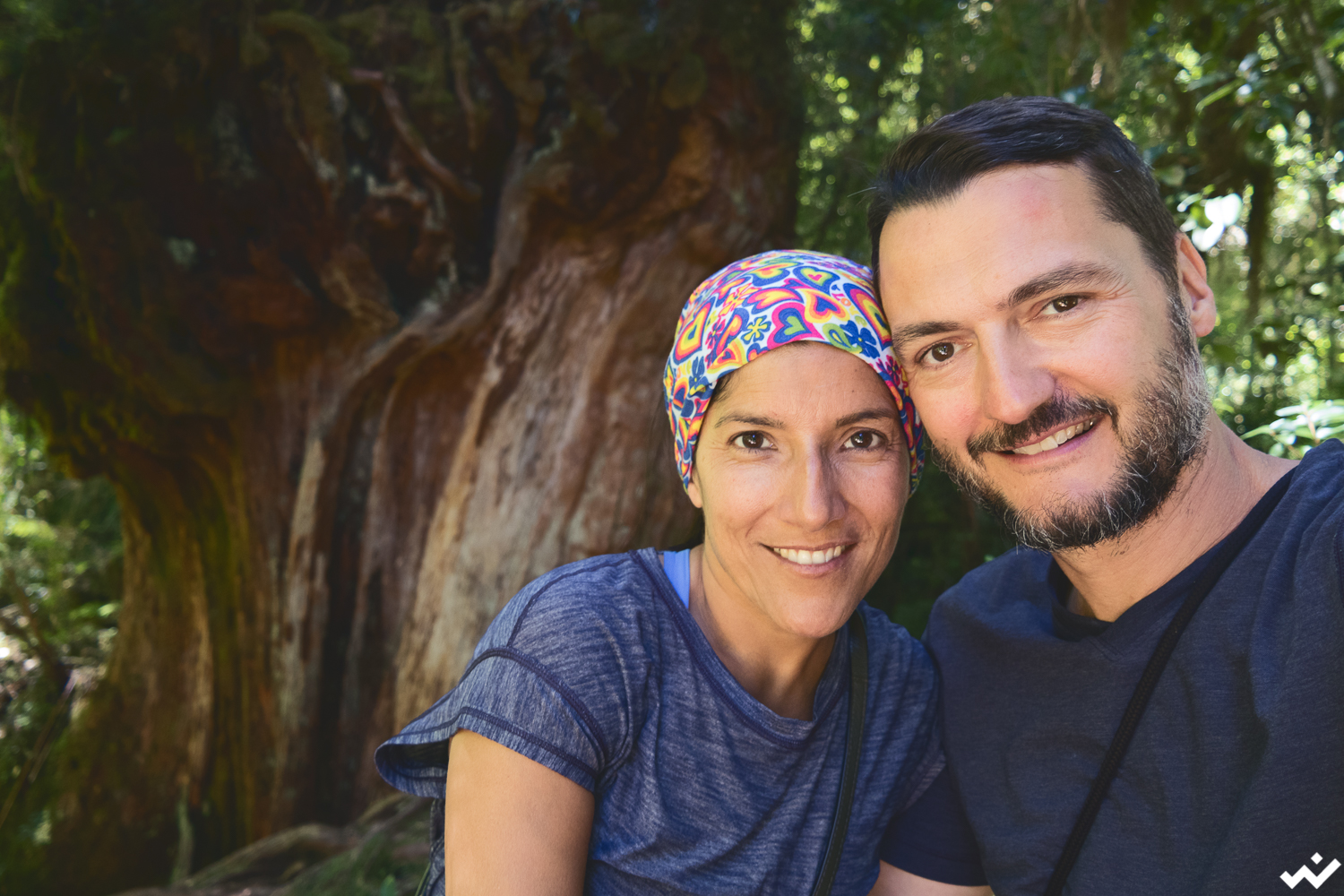


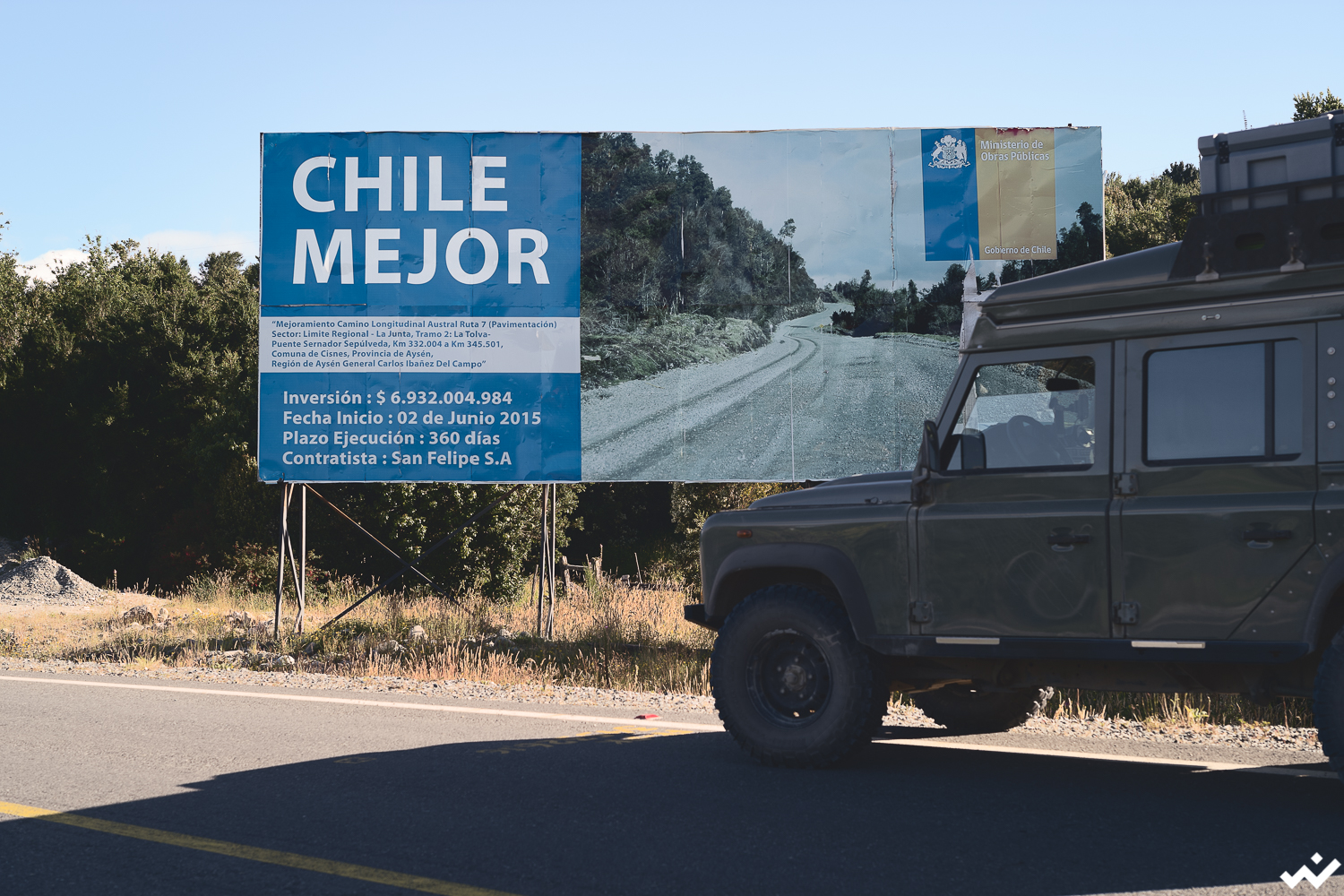
wonderful adventures…. pete is learning patience. hello to the navigator